About
The Biosensors for bioengineering group is a senior group under ICREA’s Tenure Track scheme.
Organs-on-a-chip (OOC) refers to a technology that involves creating microscale devices that mimic the structure and function of human organs. These «chips» are typically composed of living cells arranged on a microfluidic platform, allowing researchers to simulate the complex interactions and physiological responses within a specific organ.
The goal of Organs-on-a-chip (OOC) technology is to provide a more accurate and representative model of human organs compared to traditional in vitro cell cultures or animal testing. By replicating the microenvironment of organs and incorporating various cell types, organs-on-a-chip can help researchers study the effects of drugs, toxins, and diseases in a more realistic and controlled manner.
Each organ-on-a-chip device is designed to replicate the unique characteristics of a particular organ, such as the liver, pancreas or skeletal muscle. These miniature systems enable researchers to observe and analyze how different substances and conditions affect cellular behavior, tissue function, and overall organ responses. The technology holds promise for drug development, disease modeling, and toxicology studies, offering a more ethical and efficient alternative to traditional methods.
Our research on OOC development has clear goals. We want OOC platforms to be easy to use and more automation to set up cell cultures. This will help more people use them, making experiments quicker and more reliable.
We’re working on creating a simple platform for growing microtissues in 3D. This makes OOC research easier to use in the real world, moving from lab tests to practical applications. We also want to improve the user experience by making OOC platforms more friendly, compatible, and ready for use.
As OOC research moves from labs to real-world use, we want to help users deal with biological challenges. We’re developing an easy-to-use 3D tissue platform and a simple bioreactor that works with sensing technology. This helps users focus on solving biological problems, validating models, and finding potential medicines. We’re also adding sensors to make the bioreactor even more effective.
Our efforts make it easier for researchers to study how organs interact. Our second goal focuses on studying more complex disease models. This helps us understand diseases better and find ways to treat them. We believe that OOCs help in three main ways: understanding diseases, making better medicines faster, and supporting personalized research using cells from individual patients. OOCs can be a solution for studying rare diseases where other methods are not available.
Our third goal is to standardize OOC platforms, making them work together better. This involves creating common rules and standards for everyone to follow. This makes collaboration and sharing information easier.
Finally, our lab is working towards making OOCs suitable for high-throughput screening. This means making them simpler and adding good models for studying diseases. In short, we’re making OOC development more user-friendly, accessible, and technologically advanced. This simplification helps in biological research and finding new medical solutions.
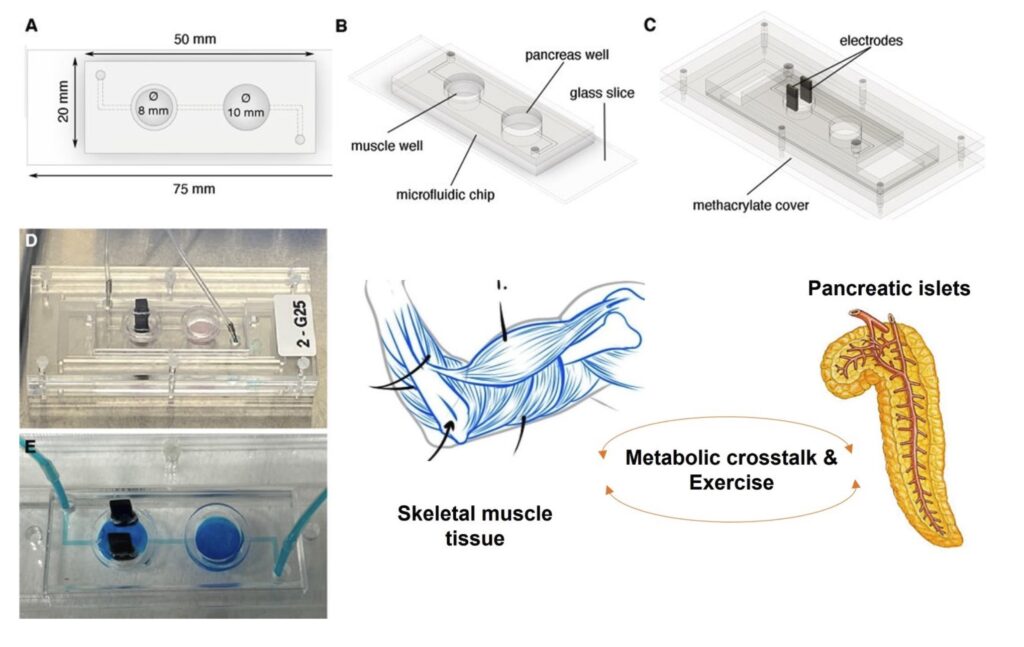
Staff
Javier Ramón Azcón
Projects
| NATIONAL PROJECTS | FINANCER | PI |
|---|---|---|
| Development of a “Muscle-on-a-Chip” (MoC) platform for the preclinical evaluation of potential therapies for Duchenne muscular dystrophy (2020-2022) | DUCHENNE ESPAÑA, IV Convocatoria Ayudas a Proyectos de Investigación | Juanma Fernandez |
| BLAD · BioLiver Assist Device (2020-2021) | AGAUR, Ajuts per a projectes innovadors amb potencial d’incorporació al sector productiu – LLAVOR | Javier Ramón |
| INNOTEC- Javier Ramon- Naturfiltr (2021-2023) | TECNIO | Javier Ramón |
| ASITOC Atomic-Sensor-Integrated Tissue-On-a-Chip: optically detected biomagnetism to understand muscular diseases (2021-2022) | BIST_Barcelona Institute of Science and Technology | Juanma Fernandez |
| INTERNATIONAL PROJECTS | FINANCER | PI |
|---|---|---|
| DAMOC · ‘Diabetes Approach by Multi-Organ-on-a-Chip’ (2017-2022) | ERC | Javier Ramón |
| BLOC · Benchtop NMR for Lab-on-Chip (2020-2022) | European Comission FET-Open | Javier Ramón |
| PRIVATELY FUNDED PROJECTS | FINANCER | PI |
|---|---|---|
| Tatami · Therapeutic targeting of MBNL microRNAs as innovative treatments for myotonic dystrophy (2019-2022) | Fundació bancaria «La Caixa» | Javier Ramón |
| FINISHED PROJECTS | FINANCER | PI |
|---|---|---|
| Programa Faster Future 2020: COVID-19 (2021) | Fundraising | Javier Ramón |
| INDUCT · Fabrication of a biomimetic in vitro model of the intestinal tube muscle wall: smooth muscle-on-a-chip (2018-2020) | MINECO | Javier Ramón |
Publications
(See full publication list in ORCID)
[br]
Equipment
Micro and nanofabrication techniques:
- 3D microstructures on hydrogel materials
- Mini-bioreactor for 3D cell culture
- Microelectrodes fabrication
- Synthesis and chemical modification of polymers and surfaces
- Dielectrophoretic cells and micro particles manipulation
Characterization techniques:
- Optical Microscopes (white light/epifluorescence)
- Electrochemical techniques (Potentiometric/Amperometric/Impedance spectroscopy)
- Immunosensing techniques (Fluorescence ELISA/Colorimetric ELISA/magneto ELISA)
Equipment:
- Microfluidic systems (High precision syringe pumps/Peristaltic pumps/Micro valves)
- Biological safety cabinet (class II)
- Epifluorescence microscope for live-cell imaging
- Pulsar – a high-resolution, 60MHz benchtop NMR spectrometer from Oxford Instruments
Access to the Nanotechnology Platform (IBEC Core Facilities): equipment for hot embossing lithography, polymer processing and photolithography, chemical wet etching, e-beam evaporation and surface characterization (TOF-SIMS)
Access to the Scientific and Technological Centers (University of Barcelona): equipment for surface analysis (XPS, AFM, XRD), organic structures characterization (NMR) and microscopy techniques (SEM, TEM, confocal)
Collaborations
We collaborated closely with Professor Ruben Artero from Instituto de Investigaciones Clínicas de Valencia (INCLIVA) and medical doctor Vilchez from Hospital de la Fe (Valencia). We develop muscle-on-a-chip devices using 3D tissue cultures and biosensors. During my career, I established national and international collaborations with other researchers, clinicians, and companies. This is reflected by the fact that I attracted competitive funding awarded by the prestigious entity Medical Research Council (UK), focused on studying Duchenne’s rare disease. I also collaborate on projects with more clinical groups and hospitals, e.g., Hospital de Sant Pau (Barcelona). With senior professor Eduard Gallardo’s group, we are developing human microtissues to study the myasthenia gravis neuromuscular rare disease.
Following the translational nature of my research, I recently became the entrepreneurial scientist of a valorisation project financed by Producte Call (AGAUR) to bring to the market plasmonic biosensors for Myasthenia Gravis diagnosis. I actively collaborate with patient associations such as «Duchenne Parent Project » and «Asociación Conquistando Escalones,» and with national and international companies such as Arthex biotech, SOM biotech, BI/OND (The Netherlands), and BioEmTech (Greece). I have also established contacts with the industry to develop new technology with a high impact on clinical diagnosis and drug development. Specifically, we collaborate with Grifols (Spain), Multivawe (Switzerland), Oxford Instrument (UK) and NovoNordisk (Denmark). This last collaboration aims to develop new biomaterials for cell therapies. I have also established contacts with the industry to develop new technology with a high impact on clinical diagnosis and drug development, specifically collaborating with Multiwave (Switzerland) and Oxford Instrument (United Kingdom). I am also co-founder of a spin-off company, Vitala.
News
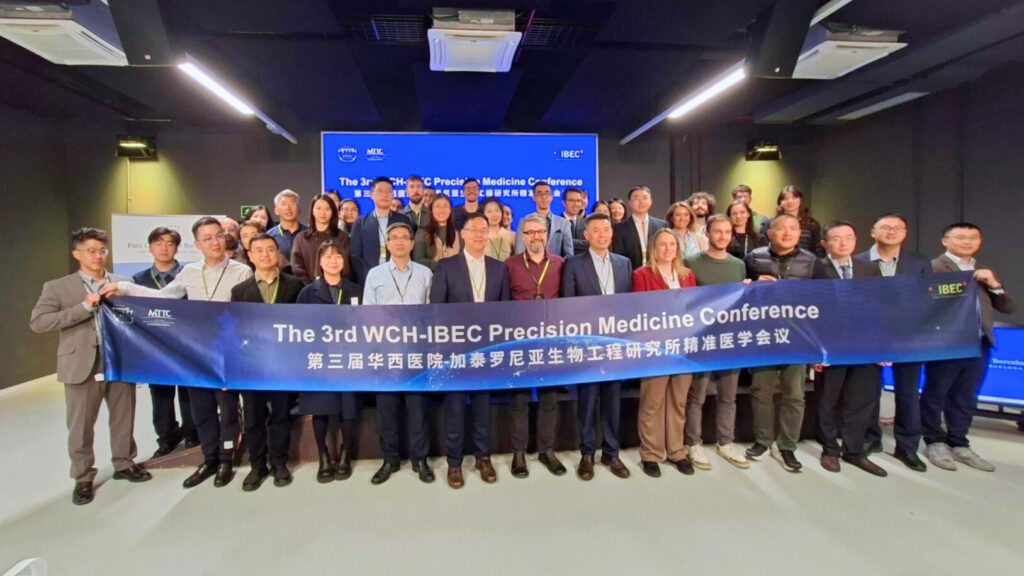
El IBEC y el Hospital West China celebran en Barcelona su tercera Conferencia conjunta de Medicina de Precisión
Esta semana ha tenido lugar en Barcelona la tercera Conferencia de Medicina de Precisión IBEC-WCH, un encuentro que consolidó la alianza estratégica entre el Instituto de Bioingeniería de Cataluña (IBEC) y el Hospital West China de la Universidad de Sichuan (WCHSU). La delegación china visitó España del 26 al 29 de noviembre, participando en un programa intensivo de actividades científicas, institucionales y de intercambio entre ambos centros.
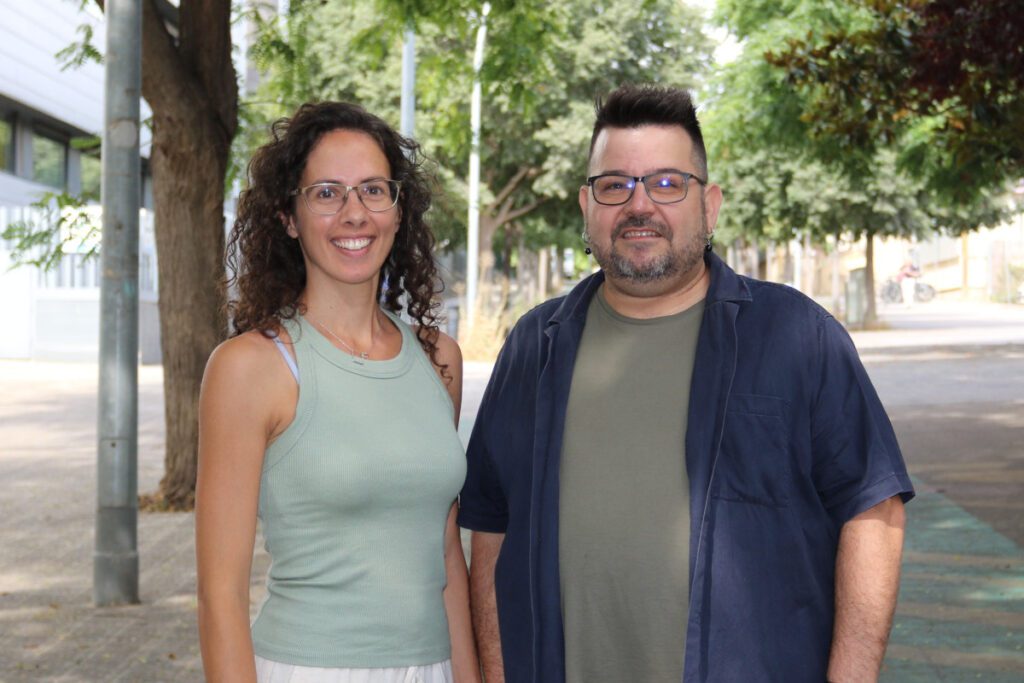
El proyecto Fibrosens recibe financiación del AFM-Telethon para desarrollar sensores para la distrofia muscular
El investigador del IBEC Juanma Fernández ha recibido recientemente financiación de la AFM-Telethon francesa para llevar a cabo el proyecto «Monitorización de procesos fibróticos en cocultivos de músculo esquelético 3D para Distrofias Musculares utilizando biosensores plasmónicos». El objetivo es desarrollar dispositivos con sensores de multiplexación molecular para lograr la capacidad de detección en línea y en tiempo real para monitorear los marcadores de fibrosis y evaluar la respuesta a los medicamentos en modelos de distrofia muscular in vitro.
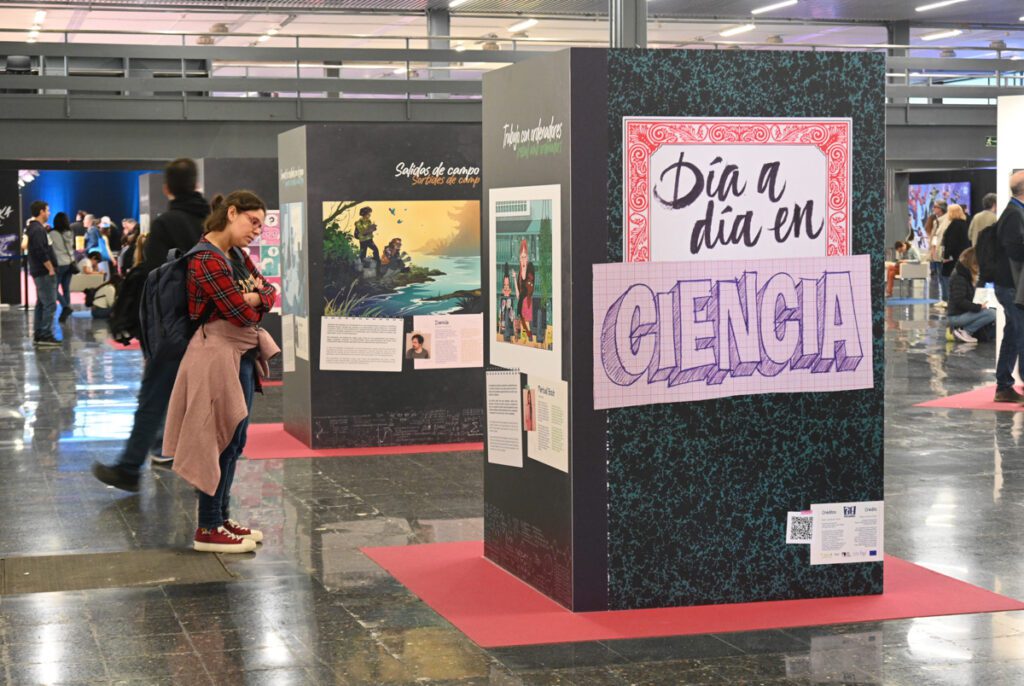
La ciencia del IBEC llega a miles de personas en el 43º Comic Barcelona
El Instituto de Bioingeniería de Cataluña (IBEC) tuvo una presencia destacada la pasada semana en la 43ª edición de Comic Barcelona. A través de una exposición sobre el día a día en ciencia, charlas y talleres divulgativos, el IBEC pudo acercar su investigación de frontera a públicos de todas las edades.
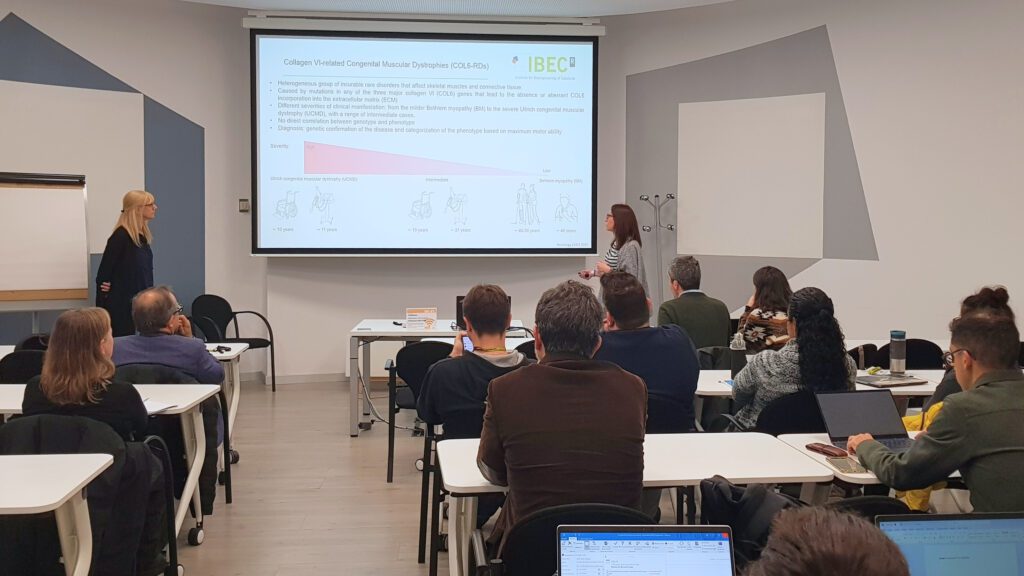
El IBEC y el Hospital Sant Joan de Déu refuerzan su colaboración con una jornada de innovación traslacional
El Instituto de Bioingeniería de Cataluña y el Hospital Sant Joan de Déu han celebrado una jornada conjunta para impulsar colaboraciones en bioingeniería y medicina traslacional. El evento, realizado esta mañana en el IBEC, puso de relieve proyectos innovadores, presentó un programa de doctorado conjunto y fomentó el intercambio de ideas entre investigadores de ambas instituciones.

El IBEC y el Banco de Sangre y Tejidos fortalecen lazos con una jornada de colaboración traslacional
El IBEC y el Banc de Sang i Teixits han celebrado una jornada para explorar nuevas colaboraciones en bioingeniería y medicina traslacional. El encuentro, celebrado ayer en el IBEC, destacó proyectos innovadores, presentó un programa de doctorado conjunto y reforzó la conexión entre investigación biomédica y aplicaciones clínicas.
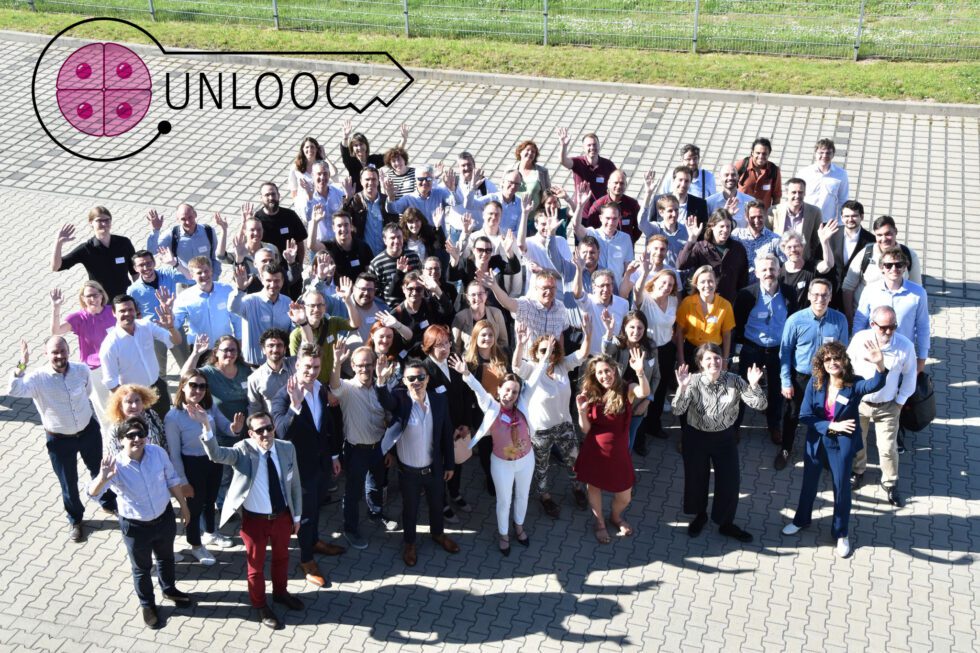
Órganos en un chip para reducir los ensayos en animales
El IBEC es uno de los socios del ambicioso proyecto europeo UNLOOC, una colaboración público-privada que involucra a 51 organizaciones de 10 países y que cuenta con un presupuesto de 68 millones de euros. Este consorcio busca desarrollar tecnologías de «órganos en un chip» para reducir el uso de animales en el desarrollo y ensayo de fármacos, además de mejorar la precisión y personalización de los tratamientos médicos.
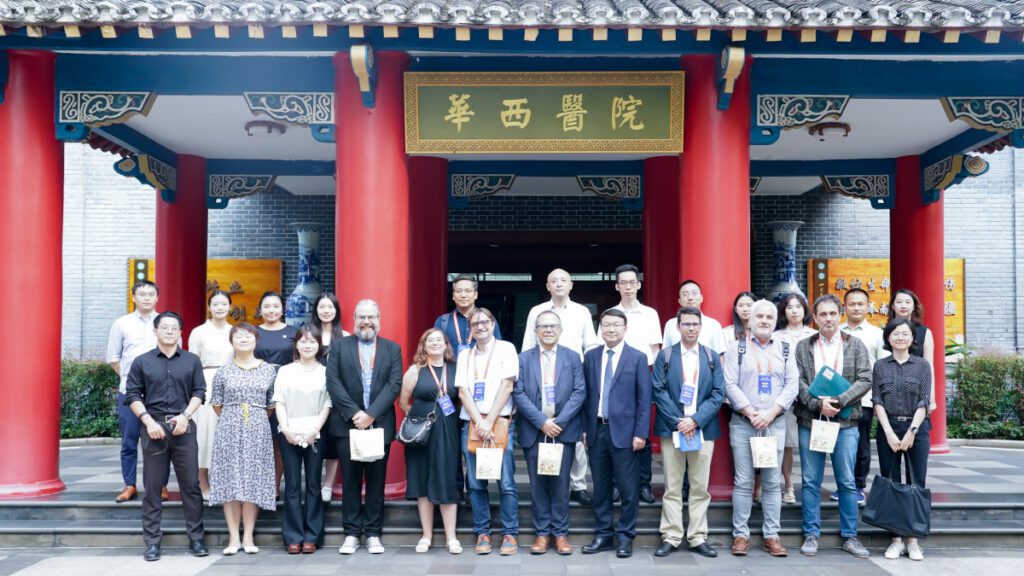
El IBEC y el Hospital West China refuerzan su colaboración en medicina de precisión
La semana pasada se celebró en Chengdu, China, la segunda Conferencia de Medicina de Precisión IBEC-WCH. Se trata de una alianza entre el Instituto de Bioingeniería de Cataluña (IBEC) y el Hospital West China (WCH) de la Universidad de Sichuan, que busca impulsar la colaboración científica entre ambos países.
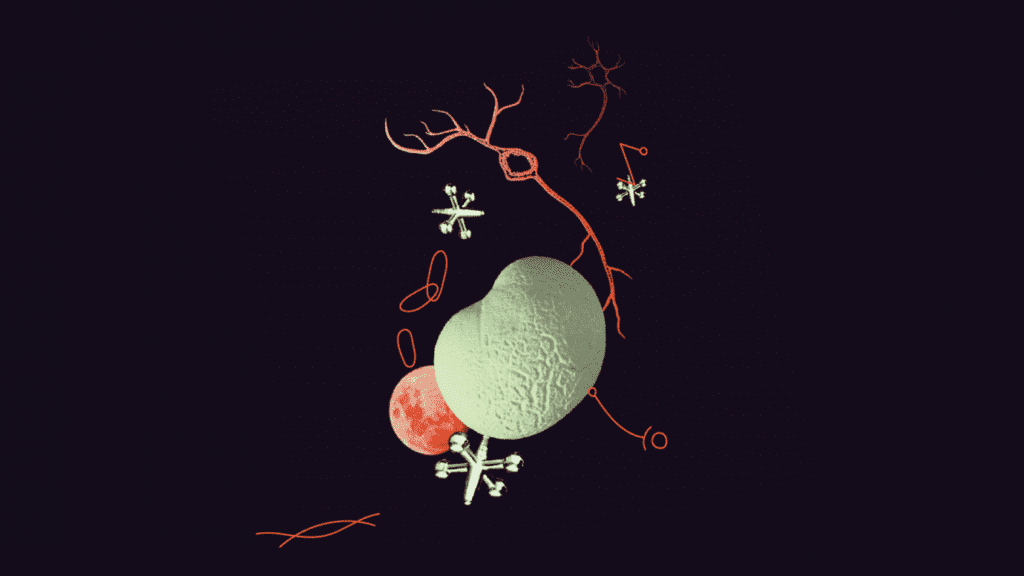
Dos proyectos con participación del IBEC seleccionados en la convocatoria de redes de doctorado MSCA
El IBEC coordinará SPM4.0 y participará como socio en ENTRY-DM, dos de los proyectos seleccionados en la convocatoria 2023 de redes de doctorado dentro del marco de las Acciones Marie Skłodowska-Curie (MSCA). Gracias a estos dos proyectos, el IBEC incorporará a tres nuevos doctorandos a su plantilla.

El IBEC desarrollará órganos en un chip en tres proyectos Pathfinder
BuonMarrow, OMICSENS y PHOENIX-OoC son los tres proyectos en los cuales el Grupo de Biosensores para la Bioingeniería del IBEC desplegará su amplio conocimiento en el ámbito de biosensores y órganos en chip. Los proyectos, que se desarrollarán con la financiación del prestigioso programa Pathfinder Open del Consejo de Innovación Europeo, prometen mejorar los tratamientos oncológicos e impulsar la innovación en diagnósticos.

Un músculo artificial para estudiar la distrofia muscular de Duchenne
El sistema, desarrollado por el IBEC, está fabricado a partir de células de pacientes y es el primer modelo 3D de músculo capaz de reproducir el daño que provoca la distrofia muscular de Duchenne. El siguiente paso será fabricar una plataforma de órgano-en-un-chip que permita llevar a cabo estudios preclínicos de fármacos contra la enfermedad y monitorizar el daño muscular de manera más eficiente. El trabajo ha recibido financiación de Duchenne Parent Project España, una asociación sin ánimo de lucro dirigida por las familias de niños afectados por este tipo de distrofia.
Jobs
Research Assistant at the Biosensors for Bioengineering Research Group
Ref: RA-JR // Deadline: 05/12/2025
Research Assistant at the Biosensors for Bioengineering Research Group
Ref: JR_RA // Deadline: 24/11/2025
Laboratory Assistant position at the Biosensors for Bioengineering Research Group
Ref: LA-JR // Deadline: 22/10/2025
Laboratory Assistant at the Biosensors for Bioengineering Research Group
Ref: LA-JR // Deadline: 15/10/2025
Researcher Training position at the Biosensors for Bioengineering Research Group
Ref: RT_JR // Deadline: 15/08/2025
Researcher in Training at the Biosensors for Bioengineering Research Group
Ref: RT_JR //Deadline: 07/02/2025
Laboratory Technician at the Biosensors and Bioengineering Research Group
Ref: LT_jr//Deadline: 18/11/2024
Research Assistant position at the Biosensors for Bioengineering Research Group
Ref: RA- JR // Deadline: 23/09/2024
Research Assistant position at the Biosensors for Bioengineering Research Group
Ref: RA- JR-2 // Deadline: 21/08/2024
Research Assistant at the Biosensors for Bioengineering Research Group
Ref: RA-JR-1 // Deadline: 29/08/2024

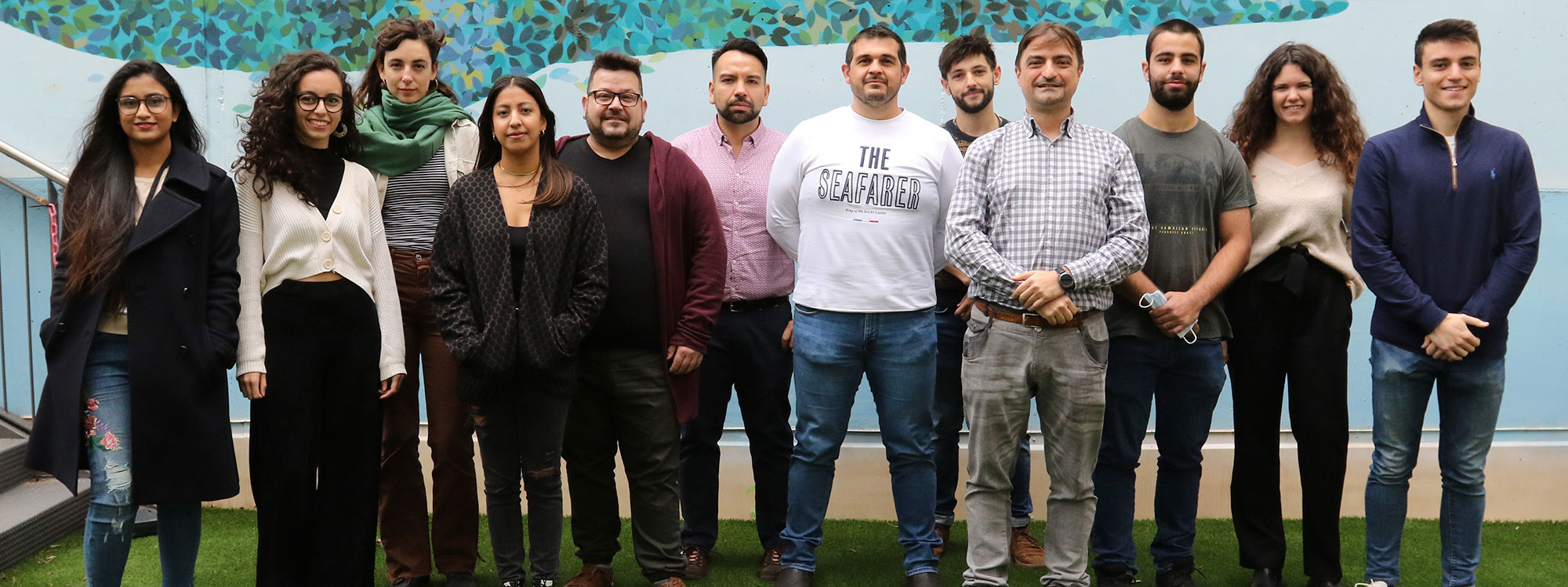
 ibecbarcelona.eu
ibecbarcelona.eu